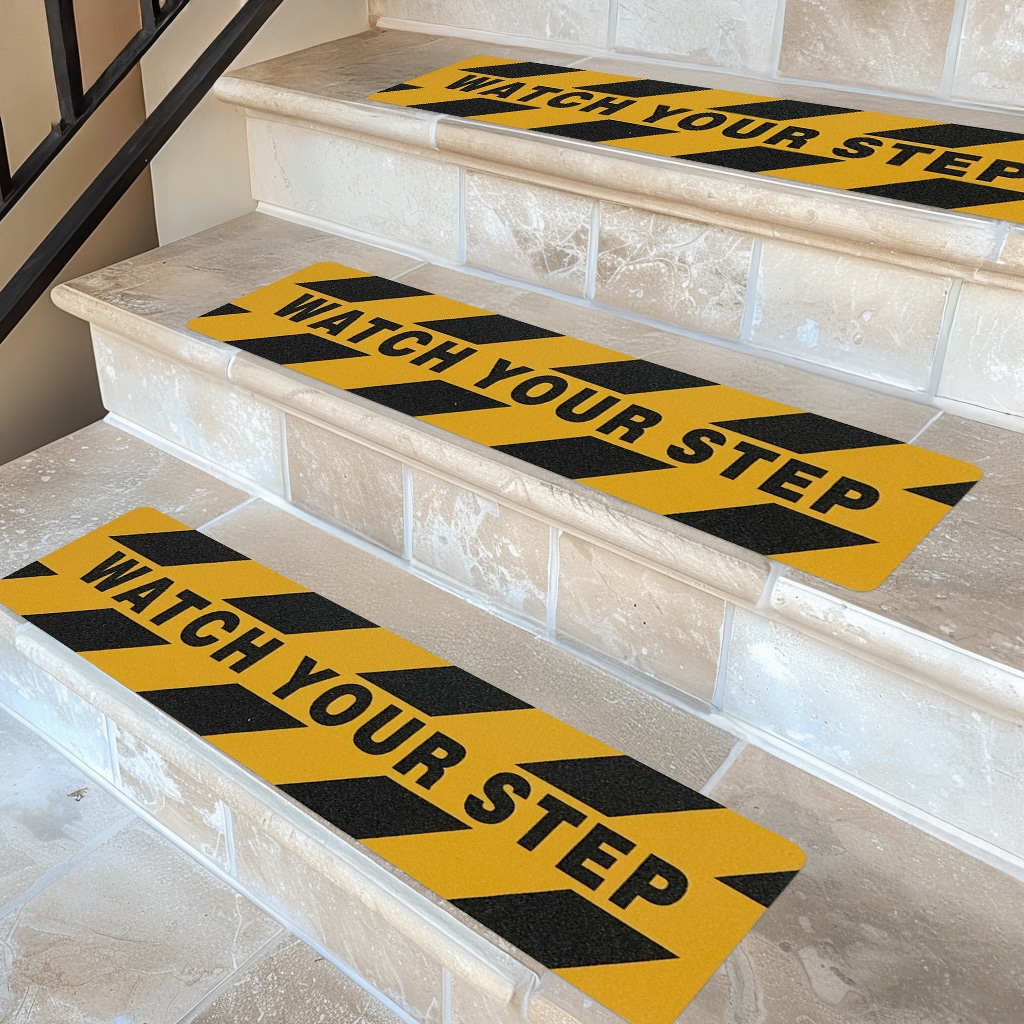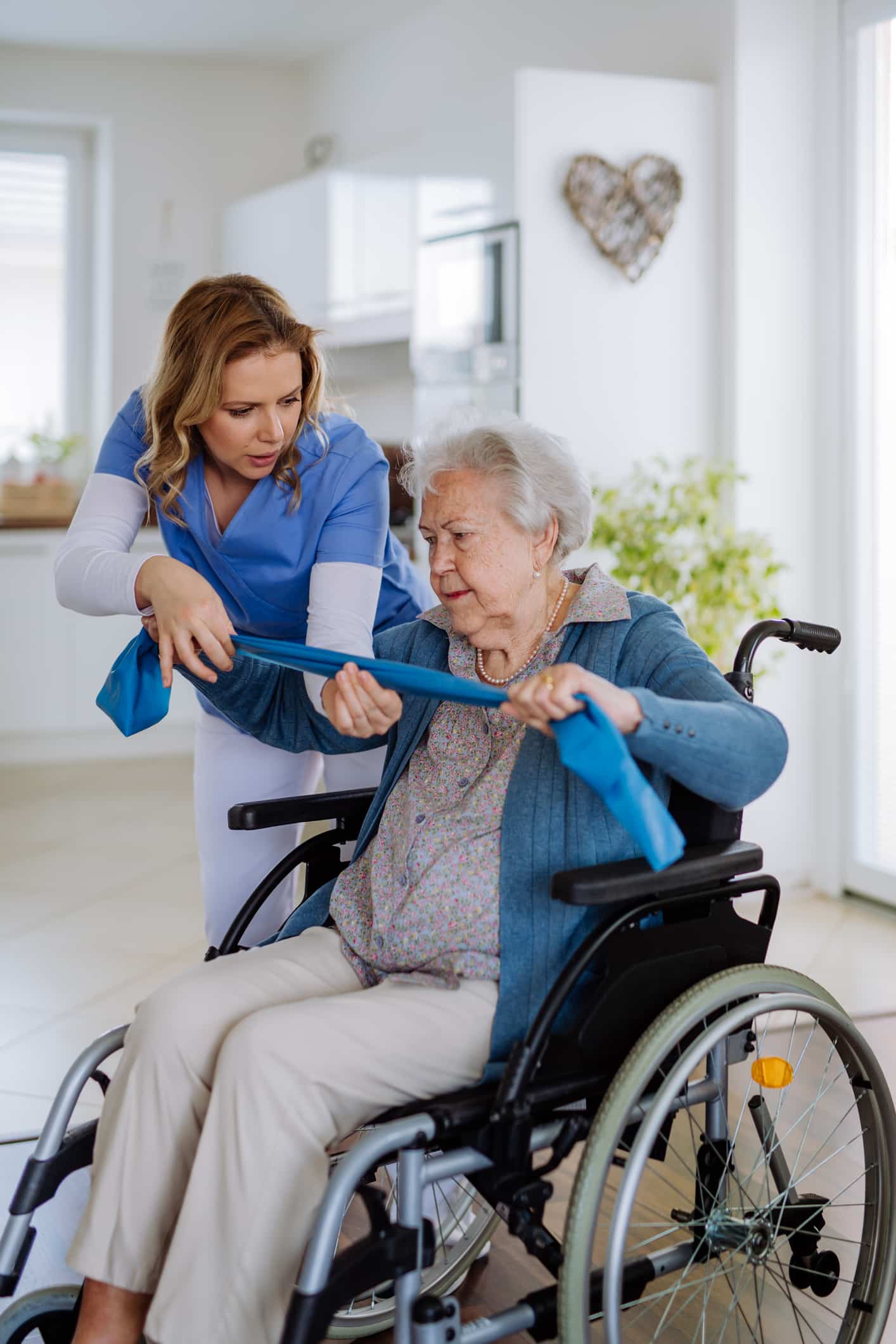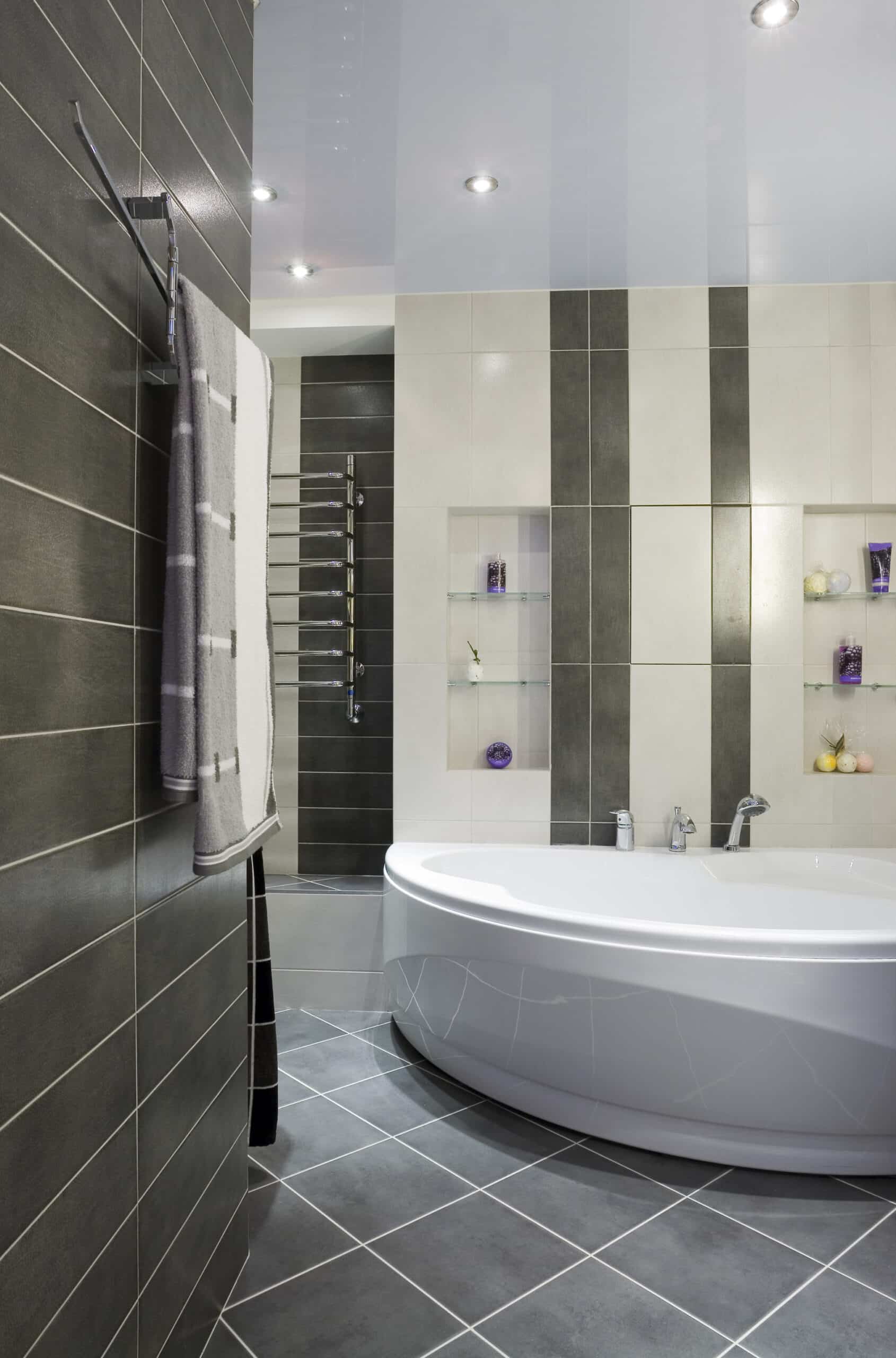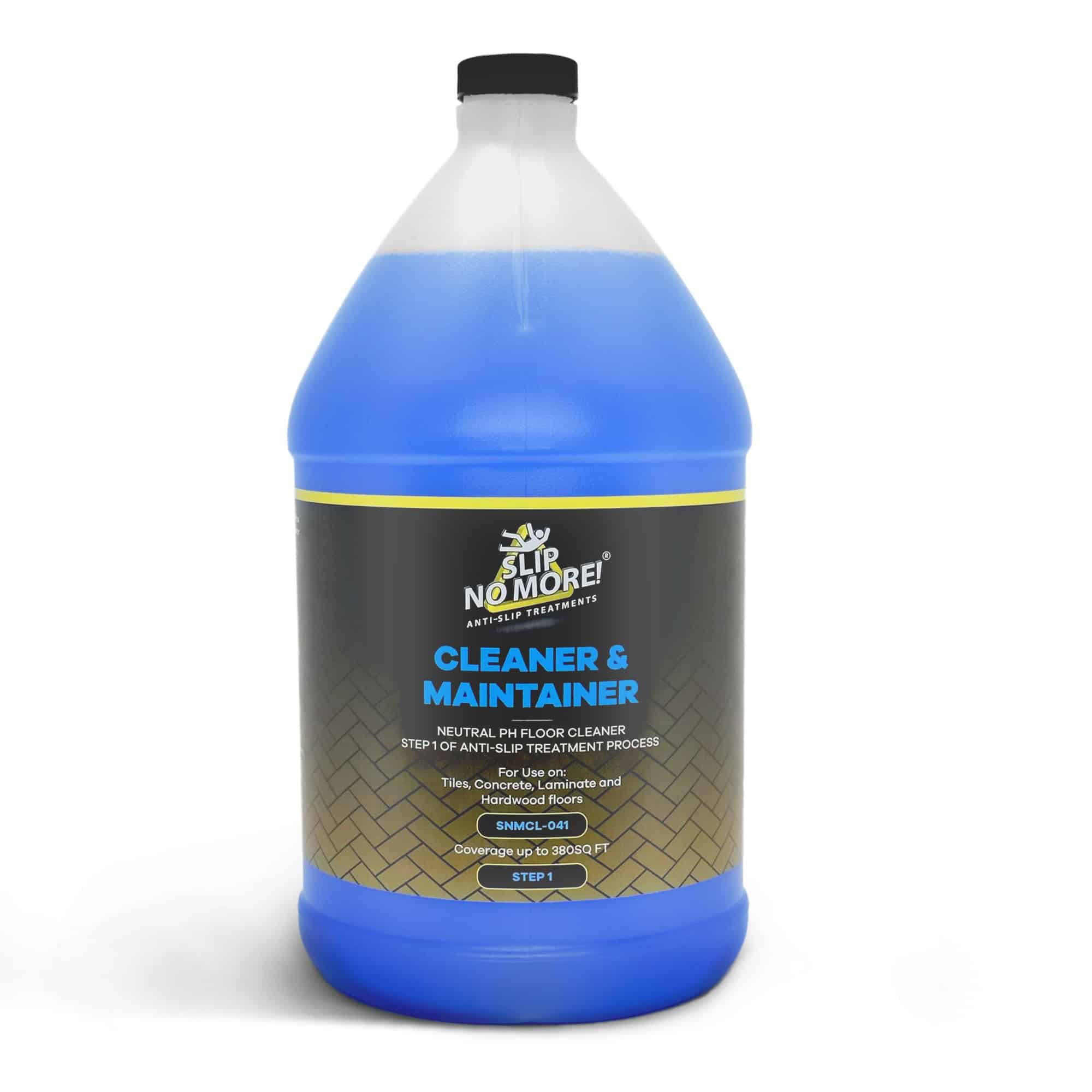Creating a safe workplace environment is a top priority for any business. One often overlooked aspect of workplace floor safety is the condition of the floor. Slip and fall accidents are all too common and can result in serious injuries. To ensure an accident-free environment, it’s important to implement proper workplace floor safety measures. This article will provide you with 10 essential workplace floor safety tips that will help protect your employees and prevent accidents.
From choosing the right flooring materials to maintaining proper cleanliness and implementing slip-resistant treatments, these workplace floor safety tips encompass a range of best practices that can significantly reduce accidents. We will also explore the importance of regular inspections, providing appropriate footwear, and establishing clear signage to warn employees of potential hazards.
By following these Workplace floor safety tips, businesses can minimize the risk of accidents and create a secure working environment for their employees. Don’t wait for an accident to happen – take proactive steps to ensure the safety of your employees and prevent costly liabilities.
Importance of workplace floor safety
Maintaining a safe working environment is crucial for the overall well-being of employees. One of the critical areas that require attention is workplace floor safety. Neglecting floor safety can lead to slip and fall accidents, resulting in injuries, lost productivity, and potential legal issues. By prioritizing floor safety, businesses can reduce the risk of accidents and create a secure working environment for their employees.
Common workplace floor hazards
Before implementing workplace floor safety procedures, it’s essential to understand the common hazards that can be present in workplace floor safety. Some of the typical hazards include wet or slippery surfaces, loose flooring, uneven surfaces, debris, and poor lighting. By identifying these hazards, businesses can take appropriate steps to mitigate the risks and prevent accidents.
Conducting a thorough floor safety assessment is crucial in identifying potential hazards. This assessment should involve inspecting the entire workplace, including all floors and walkways. By doing so, businesses can pinpoint areas that require immediate attention and develop strategies to minimize the risk of accidents.
Conducting a floor safety assessment
Clear signage and labeling play a vital role in ensuring workplace floor safety. Signage should be strategically placed in areas where potential hazards exist, such as wet floors or areas under construction. It should be easily visible and use universally recognized symbols to convey the message effectively. Additionally, labeling hazardous materials or areas can help to prevent accidents by alerting employees to potential dangers.
Implementing proper signage and labeling
Proper lighting is essential for maintaining workplace floor safety. Inadequate lighting can make it difficult for employees to identify hazards on the floor, increasing the risk of accidents. Businesses should ensure that all work areas are well-lit, especially areas with high foot traffic or potential hazards. Regular checks and maintenance of lighting fixtures are also necessary to prevent any potential issues.
Ensuring proper lighting in the workplace
Selecting the appropriate flooring materials is crucial for workplace floor safety. Different work environments require different types of flooring to minimize the risk of accidents. For example, areas prone to spills or wet conditions should have slip-resistant flooring. Additionally, businesses should consider factors such as durability, ease of maintenance, and comfort when choosing flooring materials.
Choosing the right flooring materials for workplace floor safety
Proper training plays a crucial role in preventing workplace accidents. Employees should be educated on the importance of floor safety and provided with training on how to identify and avoid potential hazards. Training programs should cover topics such as proper footwear, recognizing slippery surfaces, and reporting any safety concerns. Businesses can significantly reduce the risk of accidents by empowering employees with the knowledge and skills to maintain a safe working environment.
Providing proper training for employees
Maintaining cleanliness and organization is key to preventing accidents on workplace floors. Regular cleaning and removal of debris, spills, and other hazards are essential to ensure a safe working environment. Businesses should establish proper cleaning protocols and provide employees with the necessary tools and equipment to maintain cleanliness. By promoting a clean and organized workplace, the risk of slip and fall accidents can be greatly reduced.
Maintaining cleanliness and organization
Regular inspections and maintenance of floors are vital for identifying and addressing potential hazards. Businesses should implement a routine inspection schedule to check for any signs of wear and tear, loose flooring, or other safety concerns. Prompt repairs and maintenance should be conducted to prevent accidents. Additionally, businesses should keep records of inspections and maintenance activities to demonstrate their commitment to floor safety.
Regular inspections and maintenance of floors
Creating a culture of safety is essential for maintaining a secure working environment. This involves fostering an atmosphere where employees feel comfortable reporting safety concerns and actively participating in safety initiatives. Regular safety meetings and reminders can help reinforce the importance of floor safety and encourage employees to prioritize it. By involving employees in decision-making and valuing their input, businesses can create a workplace where safety is everyone’s responsibility.
In conclusion, workplace floor safety is crucial to maintaining a safe working environment. By implementing the 10 essential tips discussed in this article, businesses can significantly reduce the risk of slip and fall accidents. From conducting floor safety assessments to providing proper training and maintaining cleanliness, each tip plays a vital role in creating an accident-free environment. By prioritizing floor safety, businesses protect their employees and minimize the risk of costly liabilities. Don’t wait for an accident to happen – take proactive steps to ensure the safety of your employees today.
Disclaimer: The information contained in this article is for general information purposes only and does not constitute legal or professional advice.
About Slip No More
With more than 15 years of experience in the slip-prevention industry, our products are developed to solve the problem of slippery floors in all areas. There’s no better-equipped team to give you workplace floor safety tips than us.
Why not follow our Facebook, Instagram, Twitter, or YouTube accounts for funny videos, informative posts, and general floor safety information? We also have loads of great reviews from our customers on Trustpilot. If you found this article helpful, take a look at our related articles:





